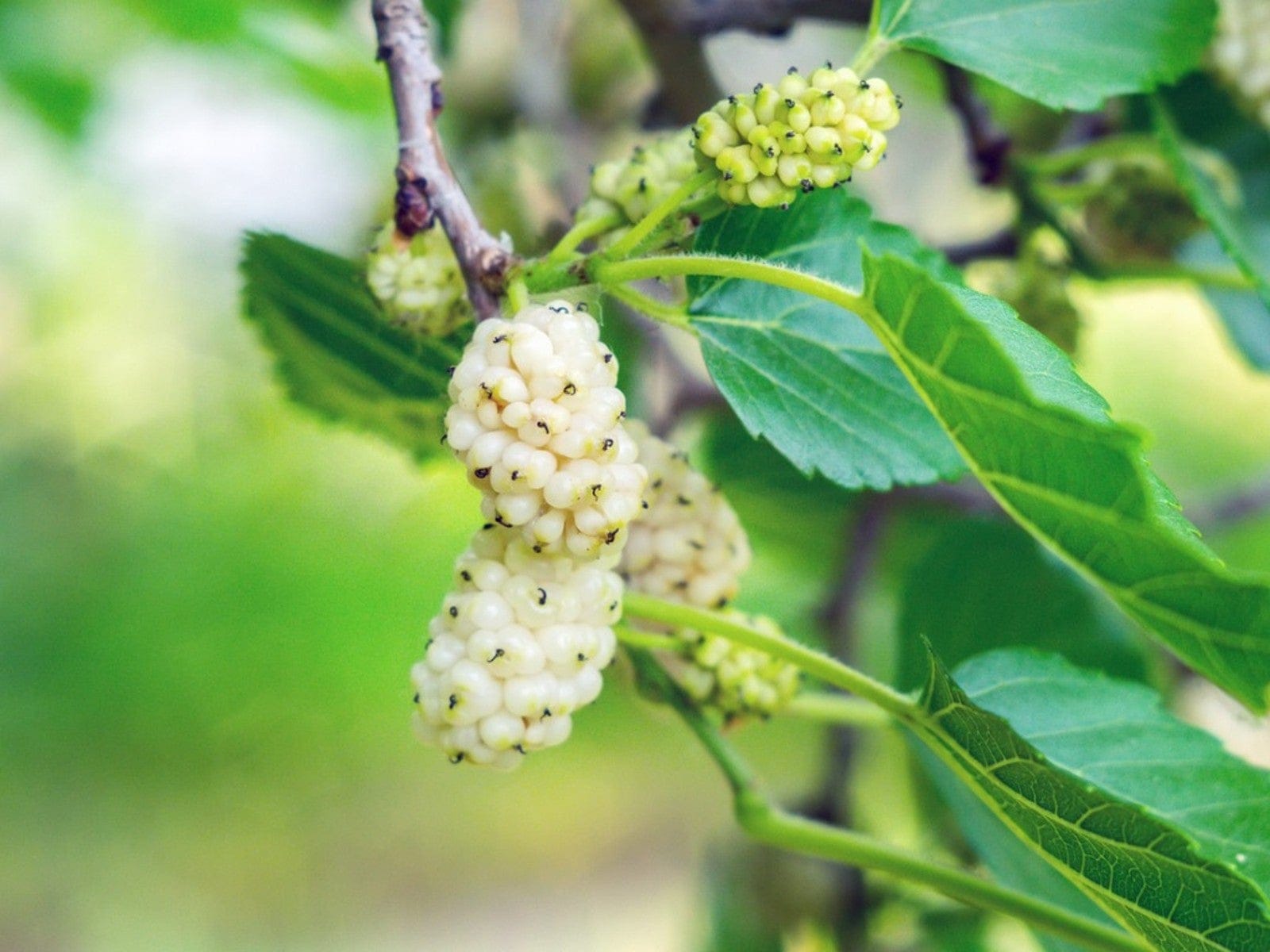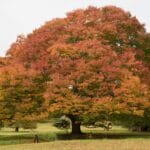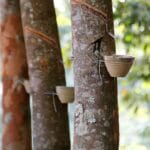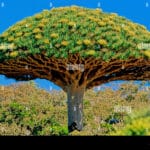Landscaping can transform your outdoor space, and fruitless mulberry trees offer a hassle-free way to achieve a beautiful, serene yard. With their graceful foliage and absence of messy fruit, these trees are ideal for homeowners seeking low-maintenance beauty. Let’s explore the world of fruitless mulberries and discover how they can enhance your landscape.
Mess-Free Shade: The Fruitless Mulberry Advantage
Dreaming of a shady backyard without the sticky cleanup from fallen fruit? The fruitless mulberry tree is your answer. These trees provide beauty and shade without the fruit, making them perfect for busy homeowners. Imagine relaxing under a dense canopy of vibrant green leaves, potentially reaching up to 60 feet tall, creating a cool oasis. Come autumn, their heart-shaped or deeply lobed leaves transform into a brilliant yellow display.
Why Choose a Fruitless Mulberry?
Fruitless mulberries are incredibly low-maintenance, tolerating drought and showing resistance to pests. This means less work for you and more time enjoying your yard. They are also versatile, adapting to various garden sizes and growing quickly. Do ants hibernate in the winter or do ewes have horns? Explore more interesting facts! Fruitless mulberries even boast historical significance, having played a role in silk production.
Planting and Care: Simple Steps to Success
Planting your fruitless mulberry is straightforward. Spring or fall is the best time, using well-drained soil. While low-maintenance, they benefit from deep watering during dry spells, particularly when young. This encourages strong root development.
Potential Challenges: Mulberry Leaf Spot
While generally trouble-free, fruitless mulberries can be susceptible to mulberry leaf spot, a fungal disease affecting the foliage. Pruning affected branches and applying a fungicide, if needed, usually manages this. Ongoing research continually evolves our understanding of tree care and diseases.
Landscaping Ideas: Unleashing the Potential
Fruitless mulberries offer versatile landscaping options:
- Specimen Tree: In a spacious yard, a single tree becomes a stunning focal point.
- Espaliered Beauty: Train branches against a wall or trellis for a unique living wall.
- Privacy Screen: Plant a row of trees to create a dense, sound-reducing hedge.
| Feature | Description |
|---|---|
| Growth Habit | Dense, rounded crown, reaching up to 60 feet tall |
| Leaves | Heart-shaped or deeply lobed, turning vibrant yellow in autumn |
| Maintenance | Low-maintenance, drought-tolerant, and pest-resistant |
| Landscaping Use | Shade tree, specimen planting, espalier, hedge |
| Potential Issues | Susceptible to mulberry leaf spot |
Are Fruitless Mulberry Trees a Good Choice? Pros and Cons
Fruitless mulberries offer significant benefits, especially compared to their fruiting counterparts. They eliminate the mess of fallen fruit, making them ideal for high-traffic areas. Their low-maintenance nature, drought tolerance, and adaptability to various soils and light conditions make them a practical choice for many landscapes. However, their potential size and somewhat invasive roots require careful planning. Adequate space is crucial for their growth without impacting structures or utilities. Consulting a local arborist can provide tailored guidance based on your region and specific cultivar.
| Pros | Cons |
|---|---|
| No Messy Fruit | Can Grow Quite Large |
| Low-Maintenance | Somewhat Invasive Roots |
| Adaptable to Various Climates and Soils | Needs Sufficient Space |
| Provides Ample Shade |
The Downside of Mulberry Trees: A Balanced Perspective
While mulberry trees offer benefits like shade and historical interest, potential downsides exist. Their vigorous root systems can threaten underground infrastructure, and their rapid growth necessitates regular pruning. Branches can be brittle, and fruiting varieties create a messy fruit drop. Seed dispersal by birds contributes to their invasive potential in some areas. Regular maintenance, including watering and pest/disease checks, is essential. Additionally, mulberry pollen can trigger allergies in some people. Understanding these potential challenges allows for informed decisions and proactive management.
What is the Lifespan of a Fruitless Mulberry Tree?
A fruitless mulberry tree’s lifespan varies, typically ranging from 20 to 75 years, but potentially reaching 150 or more under ideal conditions. Factors influencing lifespan include environmental conditions like climate and soil, care practices like watering and pruning, and the chosen cultivar. While fruitless mulberries are cultivars of the white mulberry (Morus alba) known for becoming invasive in some areas, the lack of fruit reduces this risk significantly. Primarily prized as ornamental shade trees due to their rapid growth, their leaves have traditional medicinal uses as well.
Maximizing Lifespan: Key Strategies
To maximize your fruitless mulberry’s lifespan:
- Choose wisely: Select a long-lived cultivar suited to your climate.
- Perfect placement: Plant in well-drained soil with full sun exposure.
- Water wisely: Provide deep, regular watering, especially during establishment.
- Nourish regularly: Fertilize during the growing season.
- Prune for health: Prune to remove dead or diseased branches.
- Stay vigilant: Monitor and address pests and diseases promptly.
Key Points of Fruitless Mulberry Trees:
- Low-Maintenance: Tolerant to drought and pests.
- Shade Provider: Dense canopy up to 60 feet tall.
- Seasonal Beauty: Brilliant yellow autumn foliage.
- Versatility: Adaptable to various landscapes.
- Historical Significance: Used in silk production.
- Easy Care: Plant in well-drained soil, water deeply during dry spells.
- Potential Challenges: Susceptible to mulberry leaf spot.
- Landscaping Ideas: Specimen tree, espalier, privacy screen.
By understanding the factors influencing lifespan and implementing proper care strategies, you can enjoy your fruitless mulberry’s beauty and benefits for decades to come.













2 thoughts on “The Ultimate Guide to Fruitless Mulberry Trees: Benefits, Care & Landscaping Ideas”
Comments are closed.